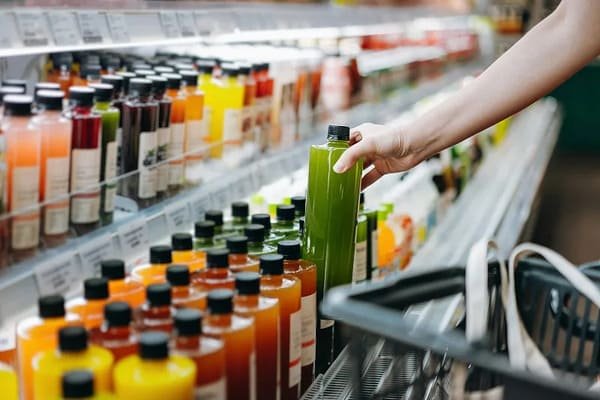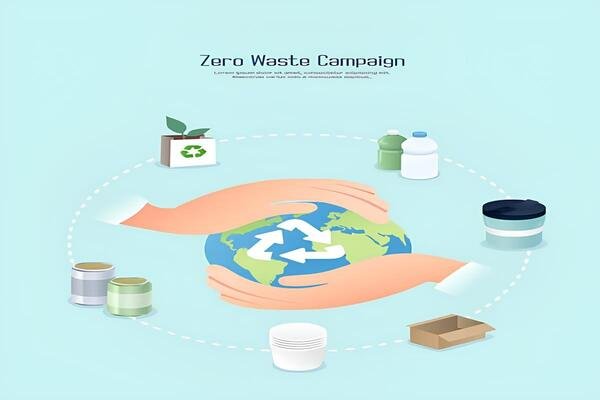The Future of Juice Drinks: Innovation, Automation, and Sustainability
The global juice drinks market has reached a pivotal moment. Consumers today are increasingly discerning, with their evolving preferences leaning towards health-conscious products and sustainable packaging. At the same time, beverage manufacturers face mounting pressure to scale up production rapidly. In response to these converging factors, the beverage industry is undergoing a remarkable technological revolution.
Among the various advancements, automatic juice filling machines have emerged as a game-changer. These sophisticated machines are not only streamlining production processes but also enhancing precision and promoting environmental responsibility, thereby playing a central role in this transformative journey.
This article aims to explore the future trajectory of the juice drinks industry, with a particular focus on the impact of automation. We will take a close look at the most recent market trends, groundbreaking technological developments, and how intelligent machinery is fundamentally altering the traditional models of beverage production. By examining these aspects, we can gain a comprehensive understanding of how the industry is evolving and what lies ahead for juice drinks.
1.Market Trends Driving the Juice Industry’s Evolution
Health-Conscious Consumers and Functional Beverages
The juice market is no longer just about quenching thirst. Today’s consumers prioritize functional benefits, such as reduced sugar content, added vitamins, and fiber enrichment. For instance, Better Juice’s enzymatic technology reduces sugar in fruit juices by 30% while converting it into dietary fiber—a breakthrough aligning with anti-obesity and diabetic-friendly trends1. This shift demands automatic juice filling machines capable of handling innovative formulations without compromising speed or hygiene.
Additionally, the rise of plant-based diets and immunity-boosting ingredients (e.g., turmeric, ginger) has spurred demand for hybrid juices. Brands like Coldpress have pivoted from orange to mandarin juice due to supply chain volatility caused by climate change4, underscoring the need for flexible production systems.
Sustainability as a Non-Negotiable
Environmental concerns are reshaping packaging and production. By 2025, Coca-Cola aims to eliminate 3 million tons of virgin plastic through recyclable alternatives like KeelClip™ paperboard can holders38. Similarly, Tetra Pak’s paper-based barrier packaging replaces aluminum liners, slashing CO2 emissions by 20%5. These innovations require automatic juice filling machines to adapt to new materials while maintaining airtight sealing and contamination control.

2.The Role of Auto Juice Filling Machine in Modern Production
Precision and Speed: The CGF Series Case Study
The CGF-series bottling line exemplifies how automation addresses scalability and efficiency. Designed for PET bottles (200–2000 mL), this system integrates rinsing, filling, and capping into a single automated unit, achieving outputs of 2,000–36,000 bottles per hour. Key features include:
- Gravity/Micro-Pressure Hybrid Filling: Enhances speed by 15% compared to traditional methods, minimizing foam formation for carbonated juices.
- Mitsubishi PLC Control: Ensures synchronized operations between conveyors, fillers, and cappers, reducing downtime by 30%[citation:User Content].
- Photoelectric Sensors: Detect bottle positioning and fill levels with ±0.5% accuracy, critical for high-viscosity blends like smoothies or nut milk[citation:User Content].
This technology not only boosts output but also supports small-batch customization—a growing trend among craft juice brands.
Adaptability to Sustainable Packaging Formats
Modern automatic juice filling machines must accommodate diverse materials, from recycled PET (rPET) to biodegradable PLA. For example:
- rPET Compatibility: PepsiCo’s transition to 100% rPET bottles by 2030 requires fillers with enhanced thermal stability to handle recycled resin’s lower melting point10.
- Paper-Based Cartons: SIG’s Terra cartons, made from 95% forest-based polymers, demand gentle handling to prevent creasing during high-speed filling7.
Advanced systems now incorporate AI-driven adjustments, such as real-time viscosity monitoring for plant-based milk or pulp-heavy juices, ensuring consistent fill levels across materials.
3.Sustainability Challenges and Technological Solutions
Reducing Water and Energy Footprints
Traditional juice production consumes 2–3 liters of water per liter of juice, primarily for cleaning and sterilization. Next-gen auto juice filling machine address this via:
- Dry Sterilization: UV-C light and ozone replace water-intensive rinsing, cutting water use by 70%2.
- Energy Recovery Systems: Capture waste heat from pasteurization to preheat incoming fluids, reducing energy costs by 25%6.
Waste Minimization Through Smart Automation
IoT-enabled sensors in fillers predict maintenance needs, preventing leaks or misalignments that cause product waste. For instance, Tetra Pak’s connected fillers reduced material waste by 18% in 2024 through predictive analytics5.
Emerging Technologies Shaping the Future
AI and Machine Learning Integration
AI is revolutionizing juice production:
- Dynamic Recipe Optimization: Algorithms adjust sweetness or acidity in real-time based on fruit batch variability, ensuring flavor consistency4.
- Predictive Quality Control: Cameras and spectral analysis detect contaminants (e.g., mold, pesticides) at 500 bottles/minute, surpassing human inspection accuracy9.
Hybrid Packaging-Filling Systems
The Bottle Collective’s Dry Moulded Fiber (DMF) bottles, lined with Avantium’s plant-based PEF polymer, require fillers with precision nozzles to avoid damaging lightweight structures9. Similarly, KeelClip™-equipped lines for paperboard can holders demand synchronized capping to prevent jams6.

4.Case Study: From Sugar Reduction to Scalable Production
Challenge: A mid-sized juicer sought to launch a low-sugar mango nectar but struggled with viscosity fluctuations causing underfills.
Solution: Implementing a CGF-series filler with adaptive pressure control and inline Brix sensors stabilized fill accuracy to ±1%.
Outcome: Production waste dropped by 22%, enabling a successful launch in the premium health market[citation:User Content].
The Road Ahead: Key Predictions for 2030
(1)Hyper-Personalization: Fillers will enable on-demand flavor mixing (e.g., vitamin-enriched orange-guava blends) via modular dosing systems.
(2)Carbon-Neutral Factories: Solar-powered auto juice filling machine paired with blockchain traceability will dominate.
(3)Zero-Waste Systems: Closed-loop fillers will recycle rinse water and repurpose pulp into biodegradable packaging59.
The future of juice drinks hinges on three pillars: health-driven innovation, sustainability, and automation. As consumer expectations escalate, automatic juice filling machines will remain indispensable, evolving from mere production tools to strategic assets enabling agility and eco-conscious growth. For manufacturers, investing in adaptable, AI-enhanced systems isn’t optional—it’s the key to thriving in a $679 billion market by 2032.

